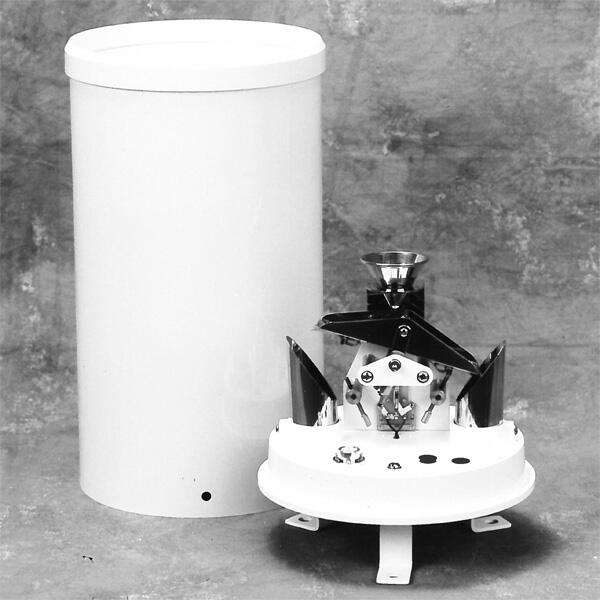
# Rain Gauge Description: Understanding Its Function and Design
A rain gauge is a simple yet essential tool used to measure the amount of precipitation that falls over a specific period. Whether you’re a weather enthusiast, a farmer, or a scientist, understanding how a rain gauge works and its design can provide valuable insights into weather patterns and water management.
## What is a Rain Gauge?
A rain gauge, also known as a pluviometer, is an instrument designed to collect and measure the amount of liquid precipitation, such as rain, over a set time frame. It is one of the oldest and most widely used meteorological instruments, dating back to ancient civilizations.
## How Does a Rain Gauge Work?
The basic principle of a rain gauge is straightforward. It collects rainwater in a cylindrical container and measures the depth of the water accumulated. The measurement is typically recorded in millimeters or inches, depending on the region and the system of measurement used.
### Types of Rain Gauges
There are several types of rain gauges, each with its own unique design and method of measurement:
– Standard Rain Gauge: This is the most common type, consisting of a funnel that directs rainwater into a measuring tube. The tube is calibrated to provide an accurate reading of the precipitation.
– Tipping Bucket Rain Gauge: This type uses a small bucket that tips when it fills with a specific amount of water. Each tip corresponds to a set amount of precipitation, which is recorded electronically.
– Weighing Rain Gauge: This gauge measures the weight of the collected precipitation, which is then converted into a depth measurement. It is particularly useful for measuring snowfall.
– Optical Rain Gauge: This advanced type uses optical sensors to detect and measure precipitation. It is often used in automated weather stations.
## Design Features of a Rain Gauge
The design of a rain gauge is crucial for accurate measurement. Key features include:
– Funnel: The funnel directs rainwater into the measuring container, ensuring that all precipitation is collected.
– Measuring Tube: The tube is calibrated to provide precise measurements. It is often marked with graduations for easy reading.
– Overflow Mechanism: To handle heavy rainfall, some rain gauges include an overflow mechanism that prevents water from spilling out.
– Mounting: Rain gauges are typically mounted on a stable surface, such as a pole or a tripod, to ensure they remain level and undisturbed.
## Importance of Rain Gauges
Rain gauges play a vital role in various fields:
– Agriculture: Farmers rely on rain gauges to monitor rainfall and plan irrigation schedules.
– Hydrology: Hydrologists use rain gauges to study water cycles and predict floods or droughts.
– Meteorology: Meteorologists use rain gauge data to analyze weather patterns and improve weather forecasting models.
– Environmental Science: Researchers use rain gauges to study the impact of precipitation on ecosystems and climate change.
## Conclusion
Understanding the function and design of a rain gauge is essential for anyone involved in weather observation, agriculture, or environmental science. By accurately measuring precipitation, rain gauges provide valuable data that helps us better understand and manage our natural resources. Whether you’re using a simple standard rain gauge or an advanced optical model, the insights gained from this humble instrument are invaluable.
Keyword: rain gauge description